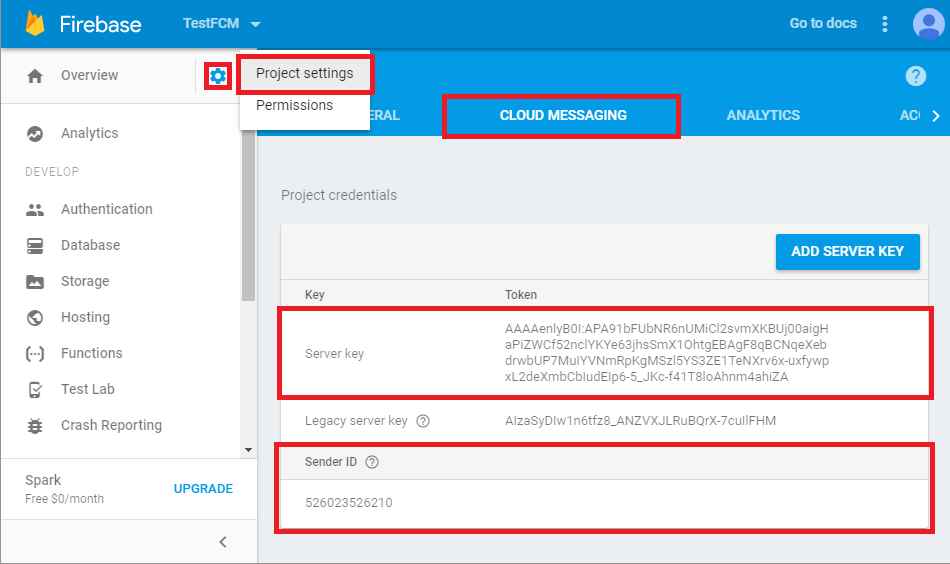
Keygen Sap Developer Access Key Blank
Developer Center; Customer Success. How do I add new user accounts with SSH access to my Amazon Elastic Compute Cloud (Amazon EC2) Linux instance? Create a key.
See the process is like this If its a IDES version.I mean for education.You do not need the Key. And if someone has given you the software then the person who gave the software.he can do necessary config to give you development access.
But.If its a lincsed version software.then you need to resgister ur SAP UserID.with SAP which can be done on Service Marketplace website. To login to service marketplace.you need to have a user id and password which you will get once you purchase the linsces from SAP. Glay discography mega download. As said if you got the software from someone then ask him to provide all the details. But usually if its a IDES version which is freely available in market does not requires access key.
DW - Overview A Data warehouse is known as a central repository to store the data from one or multiple heterogeneous data sources. Data warehouse is used for reporting and analyzing of information and stores both historical and current data. The data in DW system is used for Analytical reporting, which is later used by Business Analysts, Sales Managers or Knowledge workers for decision-making. The data in DW system is loaded from an operational transaction system like Sales, Marketing, HR, SCM, etc. It may pass through operational data store or other transformations before it is loaded to the DW system for information processing. Data Warehouse – Key Features The key features of a DW System are − • It is central data repository where data is stored from one or more heterogeneous data sources. • A DW system stores both current and historical data.
Normally a DW system stores 5-10 years of historical data. • A DW system is always kept separate from an operational transaction system.
• Data in DW system is used for different types of analytical reporting range from Quarterly to Annual comparison. Need of a DW System Suppose you have a home loan agency where data is coming from multiple applications like- marketing, sales, ERP, HRM, MM etc. This data is extracted, transformed and loaded in Data Warehouse.
For example, if you have to compare the Quarterly/Annual sales of a product, you cannot use an Operational transactional database, as this will hang the transaction system. Therefore, a Data Warehouse is used for this purpose. Difference between DW and ODB The differences between a Data Warehouse and Operational Database (Transactional Database) are as follows − • A Transactional system is designed for known workloads and transactions like updating a user record, searching a record, etc. However, Data Warehouse transactions are more complex and present a general form of data. • A Transactional system contains the current data of an organization and Data warehouse normally contains the historical data.

• Transactional system supports parallel processing of multiple transactions. Concurrency control and recovery mechanisms are required to maintain consistency of the database. • An Operational database query allows to read and modify operations (delete and Update) while an OLAP query needs only read-only access of stored data (Select statement).
DW Architecture Data Warehousing involves data cleaning, data integration, and data consolidations. A Data Warehouse has a 3-layer architecture − Data Source Layer, Integration Layer, and Presentation Layer. The illustration given above shows the common architecture of a Data Warehouse system. DW - Types There are four types of Data Warehousing system. • Data Mart • Online Analytical Processing (OLAP) • Online Transactional Processing (OLTP) • Predictive Analysis (PA) Data Mart A Data Mart is known as the simplest form of a Data Warehouse system and normally consists of a single functional area in an organization like sales, finance or marketing, etc. Data Mart in an organization and is created and managed by a single department. As it belongs to a single department, the department usually gets data from only a few or one type of sources/applications.